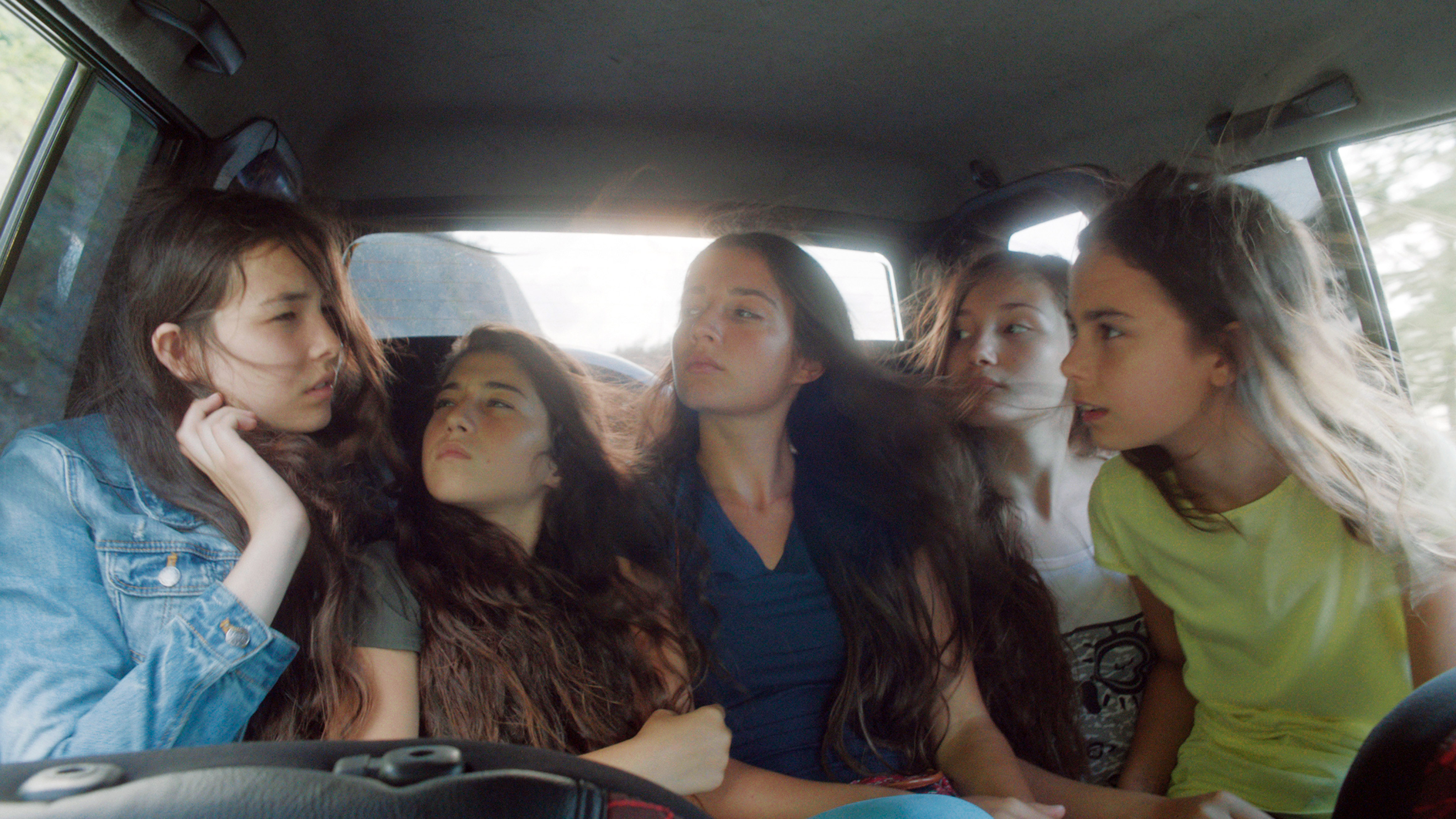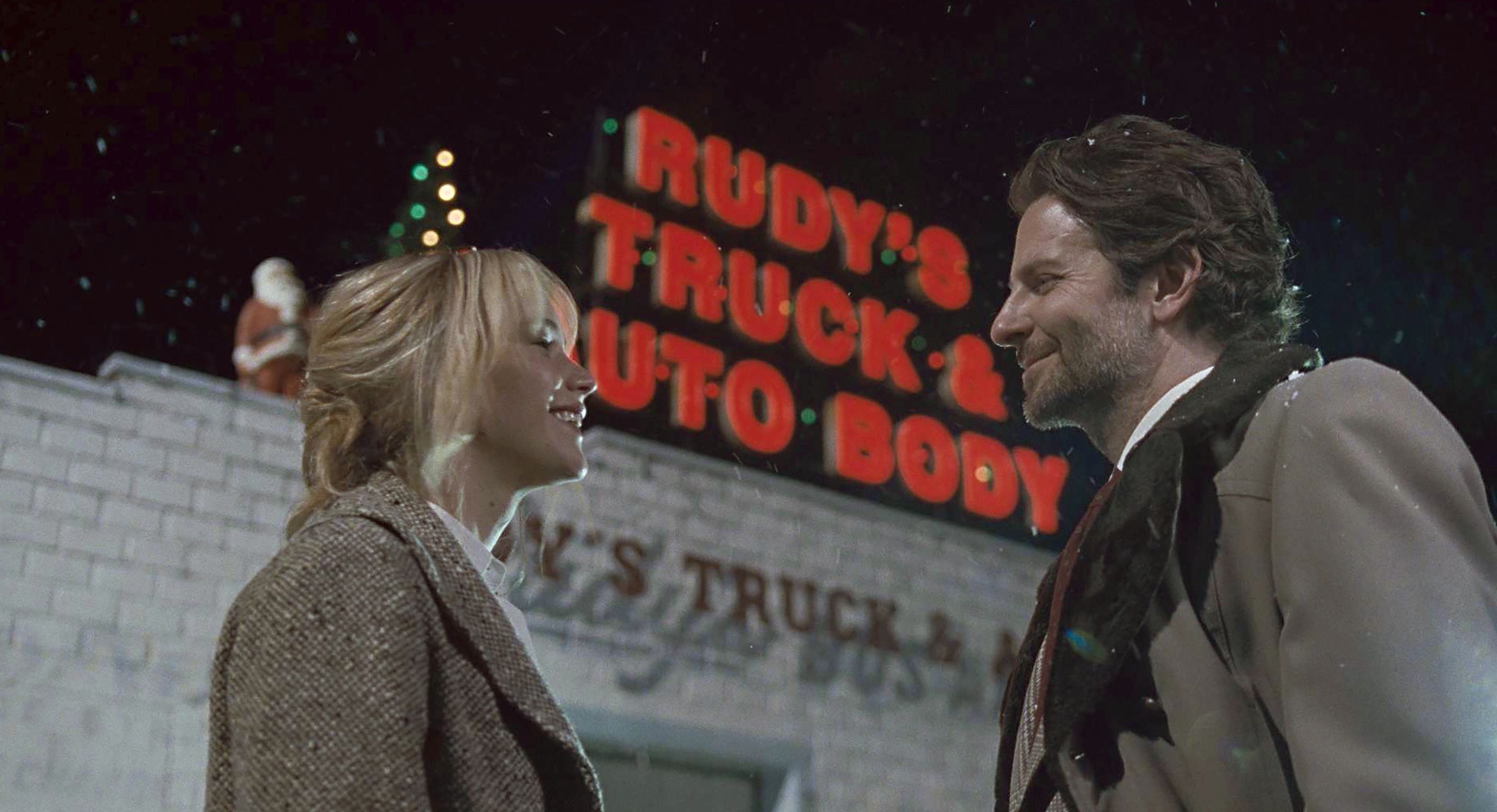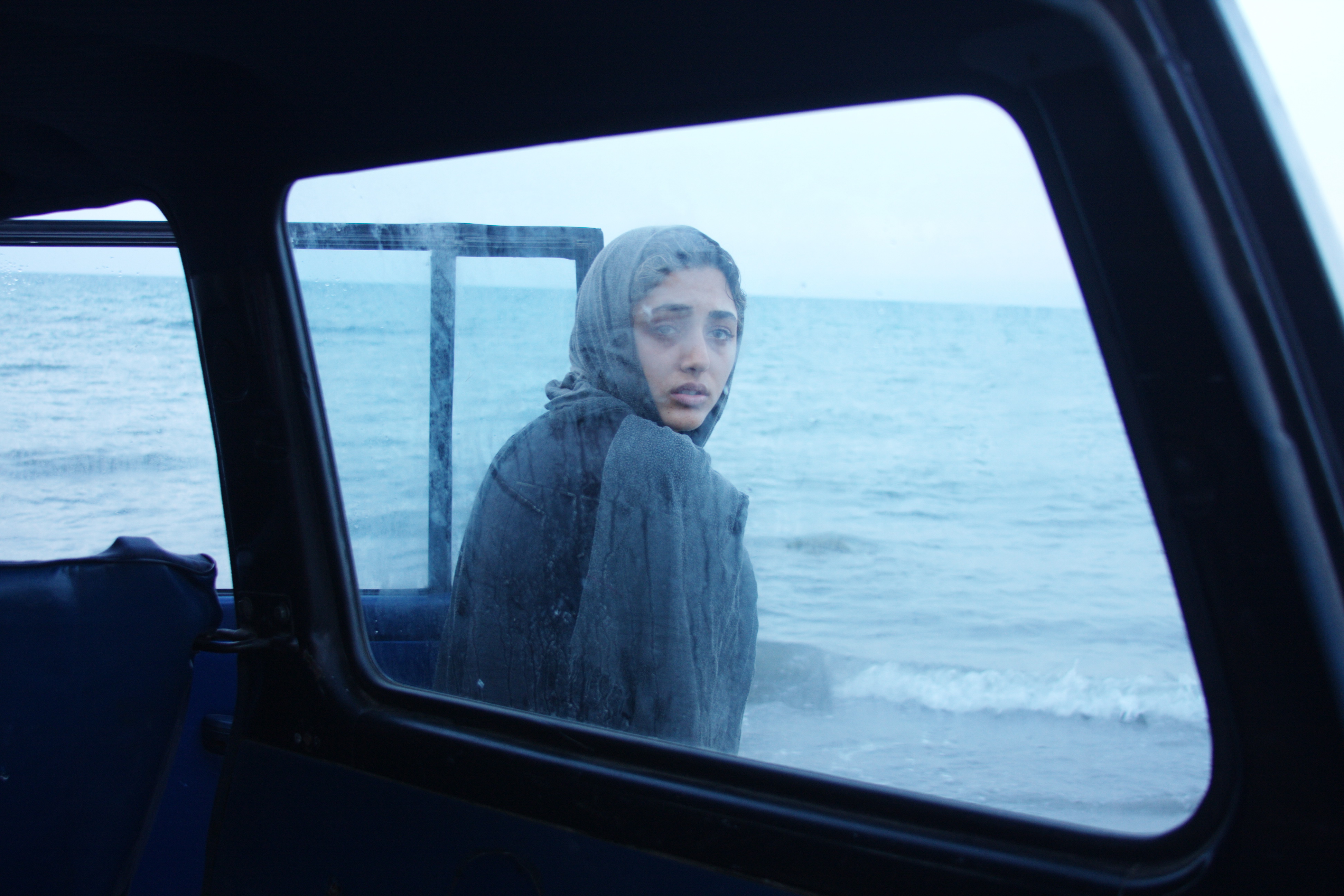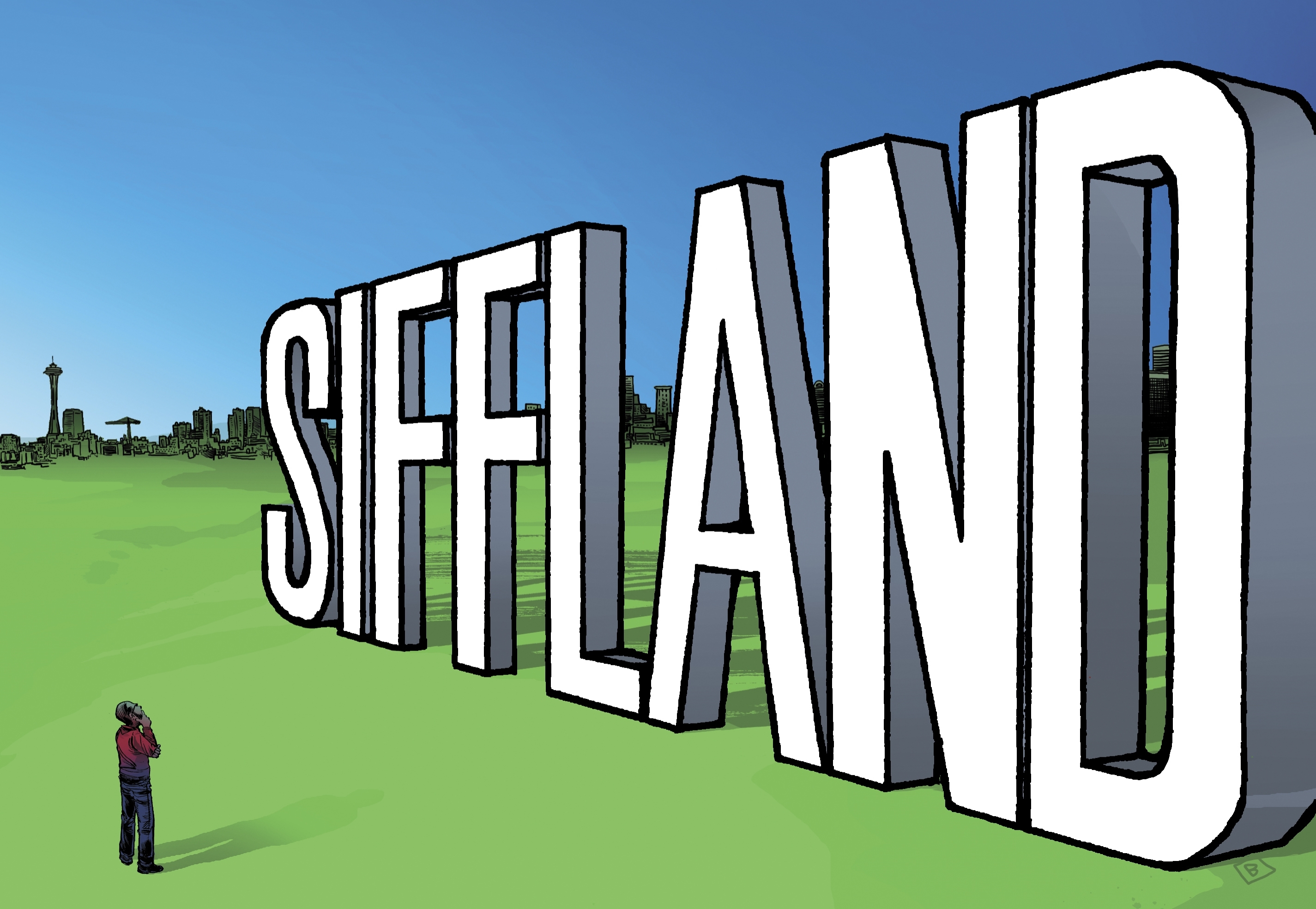When the young Pennsylvania photographer LaToya Ruby Frazier visited Seattle Art Museum last month to discuss Born by a River, a documentary study of her family and hometown, she cast some shade on “this big Hollywood movie” that had recently been filmed there. Her implication was that a bunch of rich white stars were using the rusting, depopulated, and mostly poor town of Braddock as a gritty backdrop for some sort of fake, fancy drama. That film was Out of the Furnace, starring Christian Bale as a down-on-his-luck steel-mill worker, and it was anything but slick or dismissive of Braddock’s economic hard times.
Still, unlike me, Frazier obviously hadn’t seen the movie, which co-starred Forest Whitaker and Zoe Saldana, so I didn’t want to correct her as she graciously led a media tour through her show, even as she insisted that Braddock’s poor black residents had been written out of that city’s boom-and-bust history. Her point is well taken, if not entirely accurate. Previously unseen in Seattle, Frazier’s images have mostly been black-and-white studies of her kin, lending dignity to loved ones struggling with underemployment, disease, and fractured families. At 31, she’s the third recipient of SAM’s biannual Gwendolyn Knight/Jacob Lawrence Prize, announced last May.
“There’s a lot of environmental degradation and toxicity,” says Frazier of the Monongahela River Valley. “Most of us are suffering from terminal illnesses like cancer and lupus” (she has the latter). The “us” is the poor, residual population, shrunk to about 10 percent of its peak during the booming years of steel production and other heavy industry. Andrew Carnegie built his first mill in Braddock in 1872, and his first library; today that mill is one of the few still functioning in The Bottom, the flood-prone industrial/residential area where Frazier grew up.
She began taking photographs as a teenager during the ’90s, in part as a rebuttal of the historical images of Braddock that showed only its white faces. “I would consider us poor,” she says. “I pretty much witnessed the war on drugs in my community, and it pretty much decimated my community. The major themes of my work are communal and familial . . . to allow other people’s voices to be heard.”
Born by a River comprises two sections and eras. In the hallway leading to the Knight/Lawrence Gallery, we see about two dozen black-and-white images of her family, often with Frazier posing among them. Many of these photos feature her grandmother Ruby, who raised Frazier and other extended family members. Mostly shot during the prior decade, these portraits have a formal quality—far from household snapshots. These are deliberate, intimate scenes of hair braiding, doll collections, sick men in bed, old and gnarled feet and hands. Faces and bodies are careworn; the furniture may be a bit tattered, the wallpaper fading, but these are ordinary, functioning lives. Look at us, Frazier is saying; this is how we live. More significant, she’s not some outsider—a journalist or an aesthete dropping in to survey the decay and rubble—but a member, and staunch defender, of what she considers an embattled community.
That goal becomes more apparent in the main gallery, which contains seven large color aerial views of Braddock, taken last year from a helicopter hovering over The Bottom. There’s a startling micro/macro effect as we pull up high to these impersonal views. Frazier’s family, and others like it, disappear. All we see are scraped lots and empty fields; rusty old freight cars sitting empty; and the old Carnegie plant somehow still functioning (though now more automated and requiring fewer men to run). The people are conspicuously missing. Houses are encircled by industrial brownfields.
Pointing to a small, red-roofed white house, the lone holdout on its block, Frazier names the owner: Isaac Bunn, a friend of her family. Now all his neighbors’ houses are gone, and Braddock is parking large white bags of shredded tire rubber there. “They’re storing it to occupy the land,” says Frazier. Yet those rows of bulging bags make an oddly fascinating pattern as they surround Bunn’s home, like giant abacus beads or an old Tetris game. The aerial perspective gives us a clinical view of urban decline, unlike those romantic shots of Rust Belt ruins so beloved by photo-tourists.
Is urban renewal possible here? “There’s no jobs,” admits Frazier, but she sees a deliberate siphoning of Braddock’s few resources to the new, car-dependent exurbs of Pennsylvania, a strategy of disinvestment. She points to the old UPMC Braddock Hospital, now closed. “It was our largest employer. It was more than a hospital—it was our community center,” with an ATM and cafe. The sick and the poor must now travel for health care—and forget about anyplace decent to eat. “We don’t have any grocery stores,” she adds. Frazier scoffs at the municipal “land grab” we see in her aerial views—like the new townhouses erected where the old public housing was torn down. “In five years, it won’t look like this. And they’ll say there was no one here.”
Some would consider Braddock post-industrial, but Frazier rejects the term. If people are still living there, still raising families, the town isn’t post- but present. What’s the right term? Maybe there isn’t one. Braddock is far from smug, booming Seattle, but there’s a kinship to our region’s old logging towns and farming communities, also depopulated. While Frazier admirably shows us “people that are being silenced, erased, or marginalized,” she’s no economist with a remedy for the relentless industrial logic of decline. She’s just one defiant artist, a holdout, like that lone white house surrounded by industrial detritus.
bmiller@seattleweekly.com
SEATTLE ART MUSEUM 1300 First Ave., 654-3121, seattleartmuseum.org. $12.50–$19.50. 10 a.m.–5 p.m. Wed. & Fri.–Sun., 10 a.m.–9 p.m. Thurs. Ends June 22.







